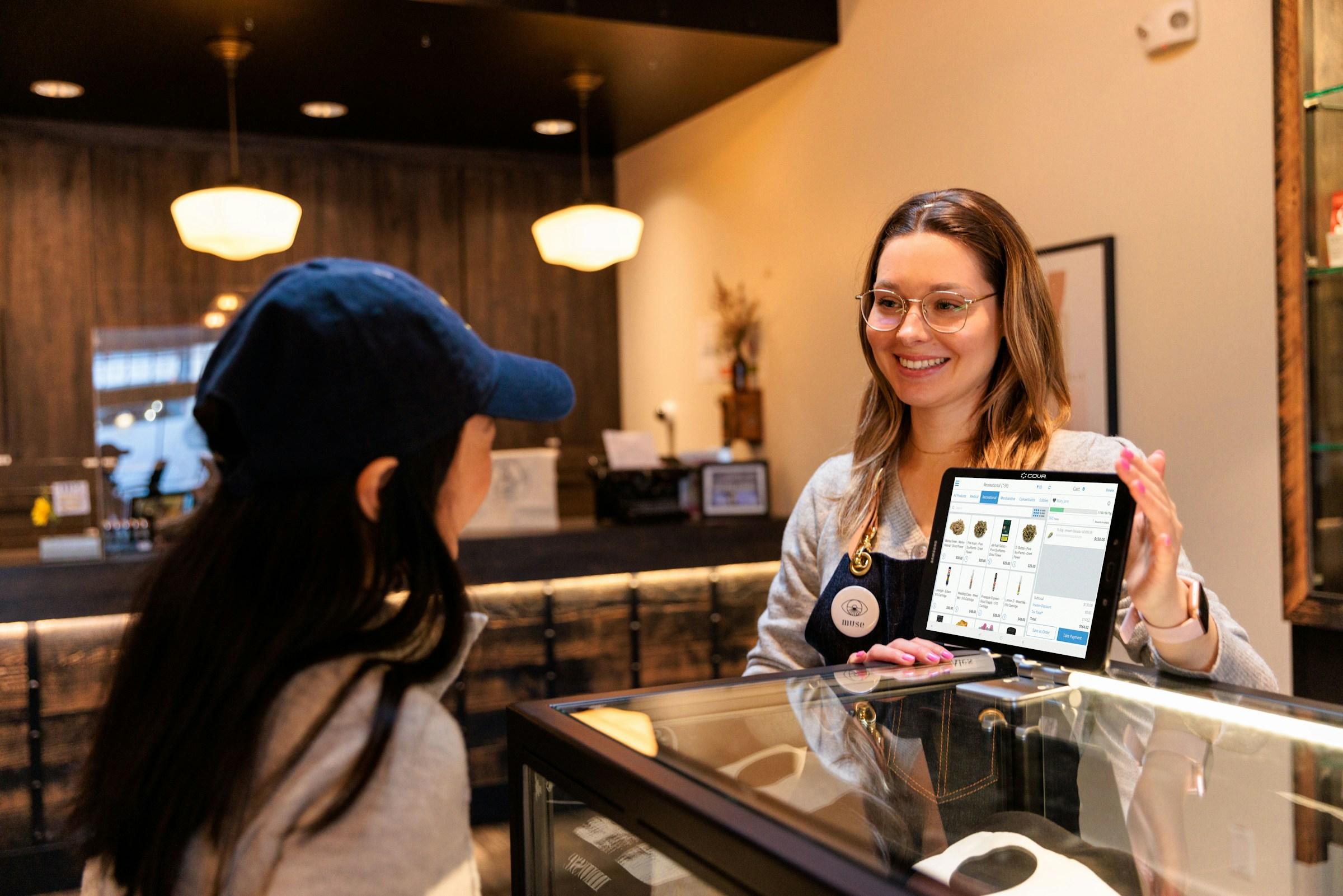Founders often speak about referrals as if they were free growth that waits just beyond a toggle in the settings. In reality a referral program is a system for turning trust into distribution, and it only works when the product already creates a moment that people are proud to share. I learned this the slow way. Our first version looked perfect on a slide. Give ten dollars, get ten dollars, share a code, trigger a perk, and watch the invitations roll in. The invites did arrive, the quality did not. What we had built was a giveaway with a tracking link rather than a referral system. The distinction lives in behavior, not in branding, and that lesson reshaped how I think about growth.
A working referral engine begins with a repeatable moment inside the product when a happy user has a specific reason to tell a specific person about what they just experienced. That moment must be followed by a low friction path to deliver the invite and a reward that fits the story the user would naturally tell. The loop that matters is simple. A share leads to a sign up, the new user reaches first value, and then that new user shares because they have felt the same benefit. When that loop repeats with enough quality and a reasonable cost, distribution compounds. When it only repeats on the whiteboard, the company ends up paying a subsidy to rent attention.
In Southeast Asia the logic behind referrals is particularly strong because advice travels through family chats and colleague groups much faster than ad impressions. People ask a cousin which bank to try, a friend which payroll app pays on time, or a colleague which travel card has the fewest fees. A good program is not about links. It is about giving your happiest users a story they want to carry into those conversations. That story must be grounded in a specific product moment. Perhaps a delivery arrived earlier than promised, a payment cleared when another provider stalled, or an onboarding took five minutes rather than forty. If a team cannot point to the exact moment that earns a referral, the product is not ready for scale. Attempts to mint advocacy without such moments usually end in disappointment.
Clarity about who should refer whom sits at the center of design. Successful programs are surgical. A parent tells another parent about a learning app because a particular lesson unlocked something for their child. A freelancer tells another freelancer about a wallet because withdrawals land faster. When the audience is defined as everyone, the recommended share has no face and the result looks like spam. The ask should mirror the relationship. A gentle prompt that follows a personal milestone feels natural. A blast to a distant contact list feels like noise. Many teams celebrate big invite numbers while missing the fact that most of those invites reached the wrong people. The system merely did what it was told. It created volume rather than relevance.
Incentives are the next trap. Money works, but it is fragile. Credits that nudge people toward the core behavior often travel better. If the product sells rides, ride credits bring the next ride forward and help the habit form. If the product is software, a month free allows the user to push deeper into a new workflow. Status is a reward as well. Early access matters. A visible badge matters. A shorter support queue matters. The principle is simple. Do not pay for users you cannot keep. Tie the reward to the behavior that signals real adoption, and avoid paying out at the shallow moment of sign up. The benefit should unlock after the user touches the value you want them to repeat.
Tracking is where trust meets math. Unique links or codes are a start, but they are not enough. Teams must define what a qualified conversion means for their product. In a delivery app it might be the first paid order that completes on time. In a B2B product it could be a verified domain with an activated seat. In a financial product it often means a funded account that passes a risk screen. Paying out on clicks or bare sign ups invites abuse. A hold period adds protection. Caps per referrer prevent extreme gaming. Duplicate payment instruments and recycled devices must be detected. These gates do not kill growth. They protect it and protect your honest advocates.
Timing is the quiet skill that separates loud programs from effective ones. The referral ask should appear where the product rhythm already creates a win. It should use the channel the user trusts, such as WhatsApp, iMessage, email, or a QR during a real handoff. The message should read like a tiny story. I used this, it solved this, you might like it because you face the same thing. Templates help, personalization helps more. The preview should look human and short, and the code should apply automatically on open. If a new user lands on a generic homepage, the program throws away intent. They should land on a page that mirrors the exact value the referrer just enjoyed.
Restraint matters. If a session is going poorly, do not ask for a favor. If a user is waiting for support, do not wave a share button. If the experience feels average, do not amplify it. The best time to ask is right after the user completes a task faster than expected. Product teams can map those moments. In a payroll tool the moment is a successful run. In a photo app it is the export. In a health app it is a log streak. Pairing the ask with a number that signals progress helps. Ten on time payouts. Three months smoke free. People share milestones more readily than coupons.
The receiving experience deserves as much care as the sending experience. New users are not believers. They worry about time, complexity, and risk. The landing should present one promise and one clear path. It should borrow the language the referrer would use rather than internal naming. In categories with trust baggage, concerns must be addressed upfront. Show how money flows. Show a simple way to cancel. Surface familiar payment rails. In Malaysia and Singapore, local methods like DuitNow and PayNow reduce friction faster than global logos. In the Gulf, clear compliance cues and local support hours move the needle. A thoughtful path feels as if it was designed for the friend rather than for the funnel.
The growth math looks simple and refuses to be ignored. A program is healthy when referral cohorts retain as well as, or better than, paid cohorts. Retention curves should be compared by source. If referral users spike early and fade by week four, the company is buying a reaction rather than building a habit. Order frequency, ticket size, and support contact rate provide more truth than top line acquisition charts. Referral wins show up as lower customer acquisition cost and higher lifetime value, but only when the product carries the weight. If rewards must keep rising to hold attention, the program is renting growth.
Fraud is not an afterthought. The moment credits or money appear, an adversary appears as well. Device farms, synthetic identities, and creative invite loops are not rare events. They are a rational response to incentives. Soft gates help. Limits per device cluster, light friction at payout, velocity checks, and payment provenance signals reduce abuse without hurting honest users. Rules must be paired with human review, because blunt controls have a habit of punishing the very advocates who are doing the most to help.
Seeding the program with care is faster than it looks. Giving the earliest cohort a program that feels like a privilege changes the quality of feedback and the quality of referrals. Invite them by name. Ask for notes. Fix what they point out. Early referrers like to feel they shape the product. A small chat group can reveal where the copy misleads, where codes fail to apply, and where time to value drags. Teams sometimes skip this because it looks slow. The fastest path is a careful one. Repair a leak when ten people feel it rather than pouring paid traffic into a bucket that drains silently.
Seasonality will appear even in well built systems. Referrals dip when life becomes crowded and surge when the product intersects with a calendar moment. A tax tool earns shares during filing season. A travel card sees activity before school holidays. A grocery app spikes on paydays. Aligning rewards with those windows and pulling back when the wave passes avoids waste and teaches the loop to wake up at the right times.
Business referrals follow a different etiquette from consumer referrals. In consumer products a friend invites a friend. In business products a champion invites a peer in another company. The reward is usually not cash. It is credibility and access. A public thank you, a roadmap preview, or a donation tied to the champion’s name can be more powerful than a check. Legal teams may require disclosures, and sales teams may worry about channel conflict. Clear routing and fair credit calm those fears. The one mistake that ends a loop is making a champion look bad inside their company.
There is an uncomfortable truth at the heart of this topic. If a team is trying to fix growth by launching referrals, it may be avoiding the real work. A referral engine amplifies whatever already exists. If onboarding confuses people, referrals will scale that confusion to new users who trusted a friend. Support queues will show the spike first. Net promoter scores will wobble next. The temptation to increase rewards will grow. That is usually a sign to pause and repair the basics. Shorten time to value. Clarify the first task. Remove choices that add friction without adding meaning. The arithmetic behind referrals is simple. The most difficult input is product clarity.
When a referral system is healthy it feels like a conversation between friends that the product quietly supports. The ask appears at the right moment. The share feels personal. The landing removes fear. The first value arrives quickly. The reward matches the reason to share. Tracking is honest. Fraud is contained. The loop repeats without shouting. Such a loop cannot rescue a weak product, but it can help a strong product find its natural audience faster.
For teams that are early the advice is straightforward. Choose one user story that genuinely makes people smile. Place one referral ask immediately after it. Use one simple reward that nudges the next use. Read every support ticket that mentions a code and fix the friction that those tickets reveal. When the system starts to work the pattern is quiet rather than flashy. New users arrive with fewer questions. Onboarding feels lighter. Retention looks calmer. The graph is not a spike. It is a steady rise created by people who wanted to carry your story into their own relationships. That is how a referral system truly works.









.jpg&w=3840&q=75)


.jpg&w=3840&q=75)

.jpg&w=3840&q=75)